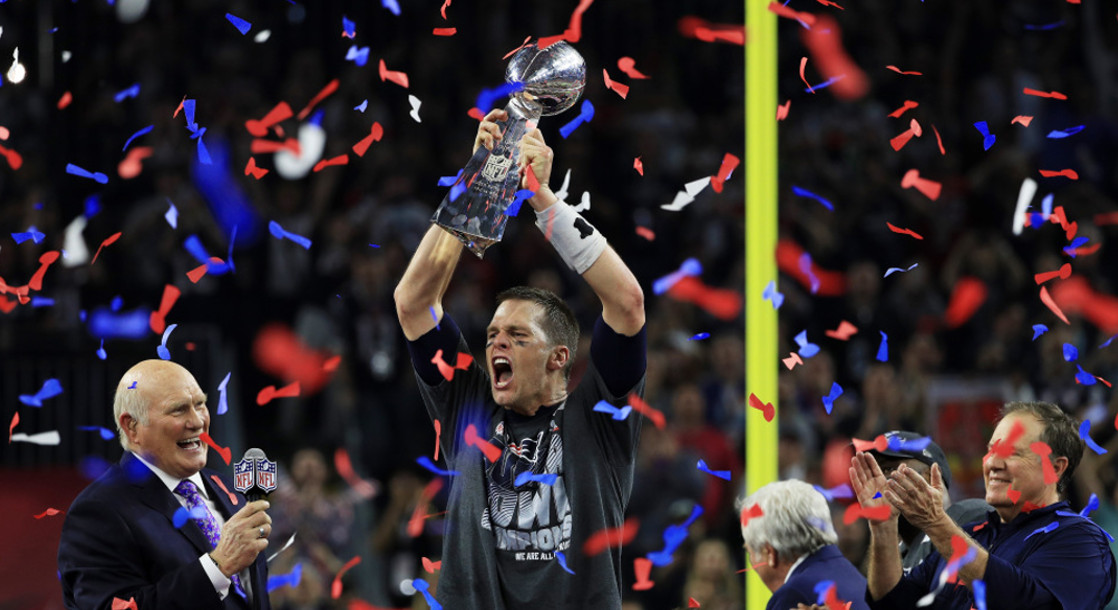Popular music is going to pot, and it's bringing pills, lean, powders, and booze along for the ride.
According to a new study published in the latest issue of the Journal of the American Board of Family Medicine, references to cannabis, opioids, and alcohol in pop music have risen sharply over the past ten years, reaching a four decade, if not all-time, high.
By examining the lyrical content of every song to hit the Billboard’s annual Top 40 list from 1986-2016, University of Minnesota researchers were able to quantify the frequency of drug references in popular music, focusing on cannabis, opioids, and alcohol in particular. By looking at the prevalence of intoxicants in pop songs, the study’s authors hoped to identify a relationship between the nation’s growing opioid abuse epidemic and representation of such substances in music.
After painstaking lyrical breakdowns, study author Doctor Curtis Hanba found that mentions of marijuana, opioids, and booze had all spiked sometime around 2010, with generational jumps from 0.6% of songs referencing marijuana in the 1980s and 17.6% discussing the sweet leaf in the 2010s. Likewise, songs noting opioids emerged from 0% of pop lyrics in the 1980s to 5% of America’s chart-topping songs in the 2010s.
Looking at the musical parallels to America’s opioid crisis, Dr. Hanba and his co-author noted steep climbs in opioid references in pop music, and particularly prescription pain medications like codeine and promethazine cough syrup and percocet. And in the wake of rapper Mac Miller’s recent death and singer Demi Lovato’s recent overdose, it has become painfully clear that even our most treasured musicians are not exempt from the country’s ongoing drug epidemic.
“Opioid references have become increasingly common in today's Top 40's music,” the study’s authors wrote. “This trending upsurge roughly parallels an increased prevalence of opiate use disorder and overdose-related death in the United States.”
To make sure that the research was as thorough as possible, Dr. Hanba noted the inclusion of a wide variety of drug-related slang terms in his data, including blunt, kush, perc, and syrup. But by omitting tens if not hundreds of other lesser-known slang terms, including but not limited to specific cannabis strain names, heroin nicknames like dog food, and cough syrup references like drank, lean, and more, the study is still decidedly incomplete.
In addition to the lack of colloquial nomenclature, University of Minnesota researchers also left out any references to cocaine and other heavily abused prescription medication, including the exceedingly popular benzodiazepine Xanax. The study also made no attempts to clarify lyrics discussing drug use and drug sales.
Still, despite those missing data points, the existing research shows a significant jump in popular music’s love affair with intoxicants.
Looking at the most recent Billboard chart toppers considered in Dr. Hanba’s research, it’s not hard to see the changes, too, especially as hip-hop’s detailed storytelling has cemented itself as America’s dominant pop music genre. In 2016 alone, D.R.A.M.’s ode to all things stick-icky, “Broccoli,” Mike Posner’s drug-induced rave hit, “I Took A Pill In Ibiza,’ and Future and the Weeknd’s “Low Life,” which literally begins with the lyrics “High, high, getting high/Everybody getting high,” all crested Billboard’s Top 40.
As for the study’s hypothesis that an increase in drug references in popular music could have a negative societal impact thanks to the “persuasive abilities of popular culture,” University of Minnesota researchers refrained from making any causal claims, instead leaving readers with the age old chicken and egg inquiry about art imitating life and vice versa.
“The opioid use disorder epidemic in the United States has numerous contributing factors,” the study concluded, “and this review evaluates only a small niche of social context relevant to the ongoing problem.”
(h/t Marijuana Moment)
Follow Zach Harris on Twitter











